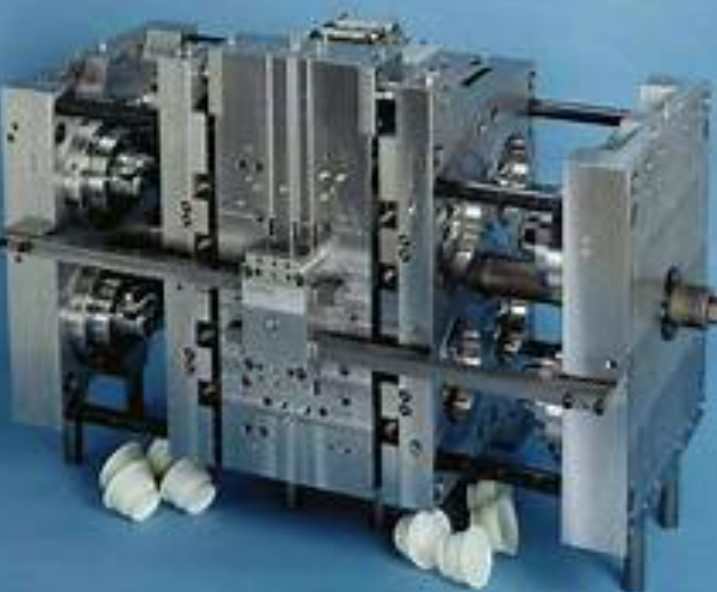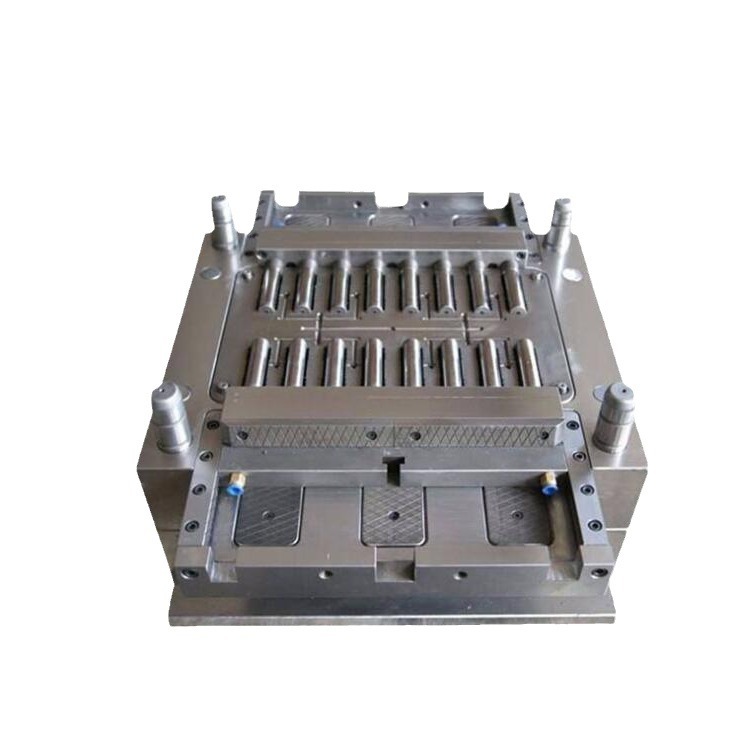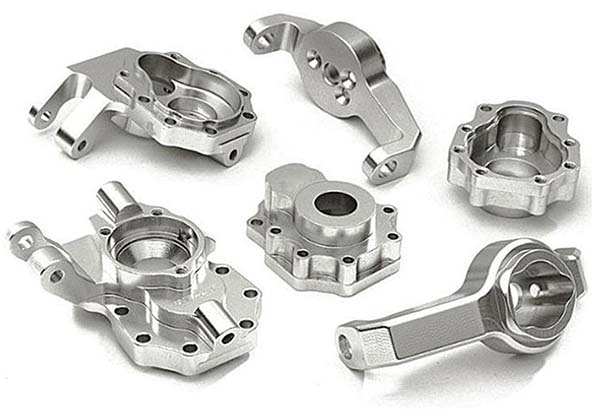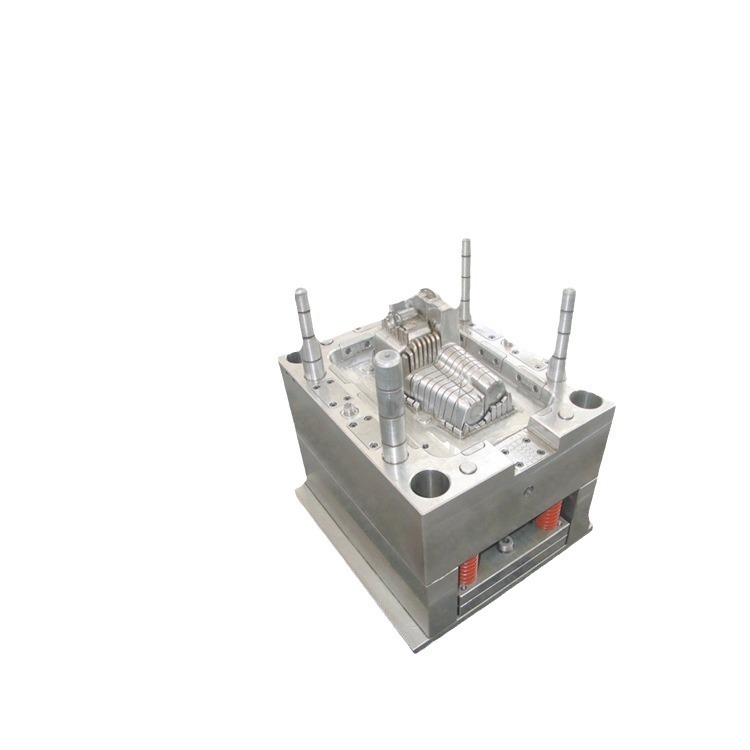Importance of Data Sorting after Mold Testing
Ensuring Quality Control
Sorting out data after mold testing is crucial for maintaining high - quality standards in production. By analyzing the data, manufacturers can detect subtle patterns and anomalies that might indicate potential issues with the mold. For example, data on the dimensional accuracy of the molded products can reveal if the mold is starting to wear out. A study by a leading automotive parts manufacturer found that by closely monitoring and analyzing mold test data, they were able to reduce the defect rate of their plastic - molded components from 5% to 1.5% within a year.
The data can also provide insights into the performance of different mold materials and manufacturing processes. For instance, if the data shows that a particular batch of molds made from a new material has a higher failure rate during testing, it signals the need to re - evaluate the material selection or the manufacturing process for that material. This kind of data - driven decision - making helps in proactively addressing quality issues, reducing the number of defective products, and ultimately saving costs associated with rework and waste.
Regulatory Compliance
In many industries, there are strict regulations regarding the documentation and reporting of manufacturing processes, and mold testing data is no exception. For the aerospace industry, the Federal Aviation Administration (FAA) requires companies to maintain detailed records of all manufacturing processes, including mold testing, for the lifespan of the aircraft. This ensures that the parts used in aircraft construction meet the highest safety and quality standards.
Medical device manufacturers are also subject to rigorous regulations. The European Union's Medical Device Regulation (MDR) mandates that companies keep comprehensive data on the design, development, and testing of molds used in medical device production. Failure to comply with these regulations can lead to severe consequences. A well - known medical device company was fined $5 million when it was found that they had incomplete and inaccurate mold testing data, which put patient safety at risk.
By sorting and archiving mold testing data, companies can easily demonstrate compliance during audits and inspections. This not only helps in avoiding costly fines and legal issues but also builds trust with regulatory bodies and customers alike.
Historical Record for Future Improvements
The data collected from mold testing serves as a valuable historical record that can drive continuous improvement in mold design and manufacturing. Comparing data from different test periods allows manufacturers to identify trends in mold performance over time. For example, a plastics manufacturing company noticed that over a period of five years, the average lifespan of their injection molds was decreasing. By analyzing the historical data, they discovered that a change in the production environment (an increase in humidity levels) was contributing to the premature wear of the molds. They were then able to implement environmental control measures, which increased the mold lifespan by 30%.
There are also many success stories of companies using historical data to optimize their molds. A leading consumer electronics manufacturer had been struggling with high - reject rates in the production of their smartphone casings. By going through years of mold testing data, they identified a correlation between the cooling time in the molding process and the occurrence of surface defects. They adjusted the cooling time based on this finding, which reduced the reject rate by 40% and significantly improved the overall quality of the product. This historical data is like a goldmine of information, guiding companies to make informed decisions for better mold performance and product quality.
Key Data to be Sorted and Archived
Mold Performance Metrics
Mold performance metrics are crucial for evaluating the effectiveness and efficiency of a mold. Here are some key metrics that need to be sorted and archived:
| Mold Type | Mold Life (Cycles) | Production Efficiency (Parts per Hour) | Product Qualification Rate (%) |
| Injection Mold A | 500,000 | 120 | 95 |
| Injection Mold B | 400,000 | 100 | 92 |
| Compression Mold A | 300,000 | 80 | 90 |
| Compression Mold B | 250,000 | 70 | 88 |
Mold life represents the number of production cycles a mold can endure before significant wear or failure occurs. A longer mold life indicates better durability and cost - effectiveness. For example, Injection Mold A with a mold life of 500,000 cycles is more durable than Injection Mold B with 400,000 cycles.
Production efficiency is measured by the number of parts produced per hour. Higher production efficiency means more products can be manufactured in a given time, reducing production costs. Injection Mold A, which can produce 120 parts per hour, is more efficient than Injection Mold B that produces 100 parts per hour.
The product qualification rate is the percentage of products that meet the quality standards. A high qualification rate is essential for ensuring customer satisfaction. Injection Mold A has a 95% product qualification rate, which is better than Injection Mold B's 92% rate.
Material - related data plays a vital role in determining the performance and cost - effectiveness of a mold. The following information should be carefully sorted and archived:
- Material Type: Different materials have distinct properties. For instance, steel is a common material for molds due to its high strength and durability. Tool steel, such as H13, is often used in high - temperature applications like die - casting molds. Aluminum alloy, on the other hand, has good thermal conductivity and is suitable for molds where rapid cooling is required, such as in some plastic injection molds.
- Material Specifications: This includes details like the grade of the material, its chemical composition, and physical properties such as hardness, tensile strength, and elongation. For example, a specific grade of stainless steel might have a certain chromium and nickel content that affects its corrosion resistance and strength.
- Supplier Information: Knowing the supplier is important for quality control and supply chain management. A reliable supplier is more likely to provide consistent - quality materials. If a particular batch of mold material leads to issues in mold performance, the supplier information can help in tracing the source of the problem.
The choice of material can significantly impact mold life and product quality. A study found that when using a high - quality tool steel in a plastic injection mold, the mold life increased by 30% compared to using a lower - grade steel. The high - quality steel could better withstand the high - pressure and high - temperature conditions during the injection process, resulting in fewer wear - and - tear issues. Additionally, the products produced with the high - quality steel mold had a 15% reduction in surface defects, leading to a higher product quality.
Process Parameters
Recording the process parameters during mold production is essential for maintaining product quality and process consistency. Here are some key process parameters:
- Temperature: In injection molding, the melt temperature of the plastic material and the mold temperature are critical. If the melt temperature is too low, the plastic may not flow properly, leading to incomplete filling of the mold cavity. If it's too high, the plastic may degrade. For example, for a common polypropylene (PP) material, the recommended melt temperature is usually between 200 - 230°C.
- Pressure: Injection pressure and holding pressure are important. Injection pressure is required to fill the mold cavity with the molten material, while the holding pressure helps to compensate for the shrinkage of the plastic during cooling. A higher injection pressure may be needed for complex - shaped molds or thick - walled products.
- Injection Speed: This affects the flow pattern of the molten material in the mold. A too - fast injection speed can cause air traps and surface defects, while a too - slow speed may lead to long cycle times and uneven filling.
The following line chart shows the relationship between injection pressure and product weight deviation. As the injection pressure increases from 80 MPa to 120 MPa, the product weight deviation first decreases and then increases. The optimal injection pressure for minimizing weight deviation is around 100 MPa. This kind of data can help manufacturers adjust the process parameters to achieve better product quality.
Yigu Technology's View
As a non - standard plastic metal products custom Supplier, Yigu Technology highly values the importance of data management after mold testing. We believe that accurate and well - organized mold testing data is the cornerstone of ensuring product quality and enhancing our competitiveness.
In our years of experience, we have developed a systematic data management system. This system allows us to quickly access and analyze historical data, enabling us to make informed decisions promptly. For example, when developing a new product, we can refer to past mold data to optimize the design and manufacturing process, reducing development time by up to 20%.
Our advantage lies in our professional team, which is proficient in advanced data analysis tools. They can extract valuable insights from the data, such as predicting potential mold failures in advance and making timely adjustments. By doing so, we have been able to maintain a high - quality product qualification rate of over 98%, far exceeding industry standards in many cases. We are committed to using data - driven strategies to continuously improve our product quality and service levels.








